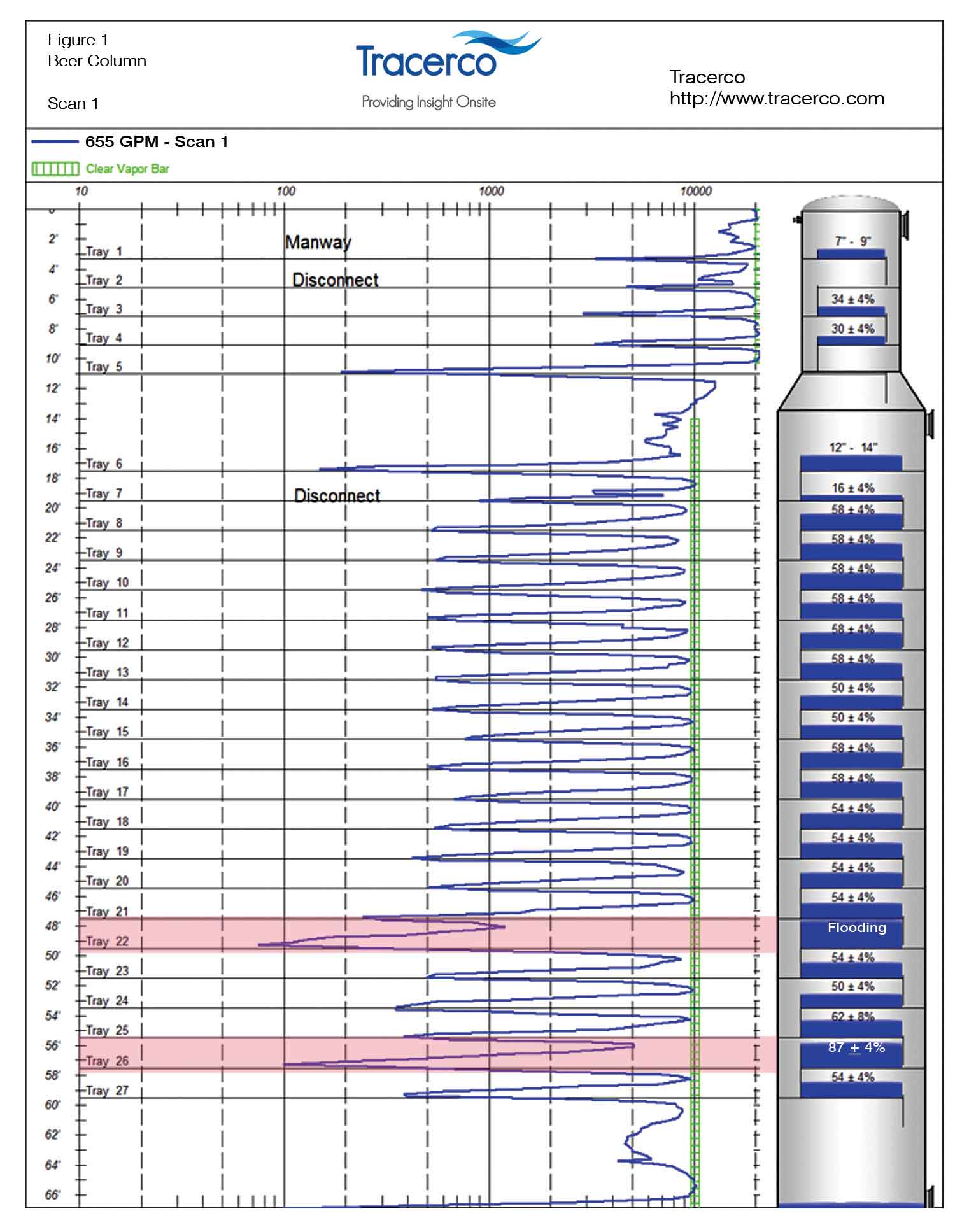Understanding zonal contribution is imperative when developing stacked plays where a primary appraisal objective is to quantify zonal productivity to determine which layers of the formation to target. One proven evaluation method is the use of chemical-based tracer technology. In this blog post we will provide a real case example of where chemical tracer technology was used to determine zonal contribution and assist in the planning of future well and field development.
Reservoir Characterization in a Stacked Unconventional Field Using Chemical Tracer Technology
Posted by Tracerco
Apr 19, 2017 9:27:13 AM
Topics: chemical tracers, unconventional wells, reservoir, fracking, reservoir characterisation, unconventional oil and gas
Are you looking for a way to detect fouled or damaged packing before entering a tower?
Posted by Margaret Bletsch
Apr 13, 2017 4:20:42 PM
Tru-Grid™ Scans reveal vital process information that helps solve operating problems.
A Tru-Grid™ Scan of packed towers is a reliable and widely used field measurement used for evaluating the hydraulic performance in packed beds, including the results from plugging / fouling or damage. When experiencing problems there are two important questions you would like answered:
1. Where is the fouling / plugging or damage?
2. What is the extent of the hydraulic problem due to fouling or damage to the packing?
Gamma scanning has proven to be an essential measurement tool to supplement operating history data analysis. Process engineers and operations personnel need to know what is happening inside their process equipment so they can take corrective action. A Tru-Grid™ Scan provides a density profile of the internal process to diagnose hydraulic operating conditions such as damage to internals, flooding, liquid levels on trays and distributors, and liquid distribution through packed beds.
Performing Tru-Grid™ Scans before a scheduled shutdown can help capture real-time data to optimize your turnaround and reduce cost over-runs. Scan results will prepare those planning the turnaround activities with the knowledge needed for critical path decisions. Scans performed five to six weeks prior to a scheduled shutdown usually provides enough time to order new equipment without expediting charges and to schedule the required manpower.
In this latest blog, Tracerco, part of Johnson Matthey Plc, discusses how an unexpected pressure surge affected the performance of an acid solvent recovery column.
Topics: Gamma Scanning, Tru-Grid Scan, gamma scan, packing mal-distribution, liquid distribution, quantitative analysis pack beds, PackView Analysis, packed bed towers, packed bed scan
Learn more about PackView™ technology at AIChE 2017.
Posted by Margaret Bletsch
Mar 20, 2017 8:32:00 PM
Tracerco will be highlighting our latest technology and improved analysis, PackView™ for packed towers, at this year's AIChE 2017 Spring Meeting in San Antonio, Texas.
Mark your schedule to sit in on the paper "Packed Bed Performance Analytics Based on Gamma Scans" presented by Lowell Pless - Business Development Manager - Distillation Applications for Johnson Matthey - Tracerco. The presentation will provide actual case studies illustrating how this advanced analysis provides a new method of extracting quantitative information from gamma scan data to diagnose and characterize operation of distillation and separation towers. Read more about the the presentation in the following abstract that will provide an overview of what will be presented.
Topics: Gamma Scanning, Tru-Grid Scan, gamma scan, packing mal-distribution, liquid distribution, quantitative analysis pack beds, PackView Analysis
4 reasons why Tracerco Diagnostics™ FMI is the number one choice for subsea inspection of platform members
Posted by Andrew Shaw
Mar 13, 2017 12:27:29 PM
Tracerco Diagnostics™ FMI (Flooded Member Inspection) technology has become the industries number one choice for inspecting platform members for water ingress. Over recent years we have seen reduced time for inspection campaigns in order to meet the new financial demands expected from the Oil and Gas Industry. At Tracerco we continue to put an emphasis on successful initial inspections, ensuring that there are no unnecessary delays. This ensures that inspections are right first time and reduces the risk of far greater financial impact which can be associated with repeat inspections, or remedial work that may not even be required.
The FMI system can measure the degree of water ingress into platform structural members indicative of through wall defects without any need to remove marine growth or specialist coatings. It is operable as a simple attachment to any Remotely Operated Vehicle (ROV) or can be manually deployed by a suitably trained diver. A highly focused beam of gamma radiation and an ultra-sensitive detector unit are mounted on opposite forks of a variable yoke system and positioned across the diameter of the member under inspection. The transmitted radiation intensity is measured and compared to the intensity expected for a dry member based upon the particular member’s diameter, wall thickness and system calibration. Water inside the member will result in a decrease in the expected “dry member” transmitted signal. Each response is evaluated by our bespoke software and trained Offshore Technicians to provide a full report of platform jacket integrity.
Topics: Subsea Technology, Subsea Technologies, Subsea, FMI, FMD, Flooded Memeber Inspection, Platform Members, Platform Memeber Integrity, Platform Structural Members, Subsea Inspection, Subsea Integrity, Water Ingress
How to define foam profiles in coke drums and verify level devices: A case study
Posted by Margaret Bletsch
Mar 3, 2017 3:24:45 PM
Tru-Scan™ is used by refineries to define foam profiles and verify level detection devices in their coke drums. A Tru-Scan™ can determine the difference in vapour density throughout a typical drum cycle.
In this latest blog, Tracerco, discusses how a Tru-Scan™ can be a powerful tool for gathering much needed information to optimise a coke drum cycle.
Topics: Gamma Scanning, Tru-Scan, coke buildup, coke deposits, gamma scan, level detection devices, coke drum cycle, coke drum optimization, coke drum, foam profile, coker optimization, coker units, delayed coke drum
How to determine catalyst loss in FCC reactor or FCC regenerator cyclones: A case study
Posted by Nicola Porter
Jan 5, 2017 11:09:32 AM
The loss of catalyst through reactor or regenerator cyclones is a fairly common problem. Identifying the reason for the loss is often difficult.
In this latest blog, Tracerco, part of Johnson Matthey Plc, discusses how a Tru-Scan™ can be a powerful tool for gathering much needed information regarding the loss of catalyst.
Topics: Gamma Scanning, Tru-Scan, fcc unit, fcc, fcc diagnostics, fccu process, fccu studies, cracking unit, fcc troubleshooting, fcc units, fcc unit process, fluid catalytic cracking diagnostics, fluid catalytic cracking services, fluid catalytic cracking unit, Catalytic cracking, fcc cracking, reactor cyclone, gamma scan, fcc additives, fcc services, reactor distributor, riser reactor, fcc reactor, reactor riser, reactor stripper, regenerator cyclone, catalyst loss, Intercat, fcc addition systems
How to determine the flowrate in flare lines: A case study
Posted by Nicola Porter
Nov 15, 2016 10:36:20 AM
Flowrate and leak testing applications, pipe scanning and meter proving services are fast, accurate and cost-effective methods to determine the flow of vapour, carryover of liquid, build-up of sludge and fouling materials in piping, as well as the calibration of flow meters.
Topics: process systems, Process Diagnostics, process diagnostics technologies, tracerco diagnostics, flare gas flow meter, flare gas meter, gas flow meter proving, Flow Study, flowrate, flare study, flare flow measurement, flare system tracers, gas flow meter prover, flare flow, flare gas flow measurement, excessive flare flow, flare flow meter, flare gas measurement, flare flowrate data, flare lines, Process Diagnostics Technology, process diagnostics systems, flare measurement, flare gas meters, gas meter proving techniques
The top three questions we are asked about a Tracerco Diagnostics™ Flow Study
Posted by Tracerco
Nov 1, 2016 12:51:24 PM
The verification of flare gas flow rates is an ongoing issue for many hydrocarbon producers globally, with strict environmental legislation continuing to impact oil or chemical processes. In this blog post we will review how the use of a Tracerco Diagnostics™ Flow Study can allow you to verify and calibrate flare flow meters, and locate the source of any fugitive flare flow, ensuring effective environmental reporting, as well as process optimisation and reduced downtime.
Topics: Process Diagnostics, flare gas flow meter, gas flow meter proving, flowrate, flare study, flare system tracers, flare flow, environmental reporting, flare gas flow measurement, excessive flare flow, fugitive flare flow, verify flow meters, flare flow meter, flow rate calculations, calibrate flow meters, Process Diagnostics Technology, flare measurement, flare gas meters
NORM (Naturally Occurring Radioactive Material) or TENORM (Technologically Enhanced Naturally Occurring Radioactive Material) is a known problem and is likely to be present on every Oil and Gas facility. Concluding that NORM will not be an issue during decommissioning because it has not presented during production or maintenance shutdowns, could lead to substantial delays and unpredicted significant costs. If there is a known history of NORM, it is likely that many more locations will be contaminated that have not previously been identified. Flushing and cleaning will not remove all contamination.
Topics: Naturally Occurring Radioactive Material, NORM Detection, NORM, NORM Management, Decommissioning, Radiation Waste Adviser, TENORM, Radiation Protection, Radiation Protection Adviser
How to detect tray fouling and tray damage in a beer column: A case study
Posted by Nicola Porter
Oct 14, 2016 8:46:16 AM
Scanning technology can provide a valuable insight when critical process equipment is experiencing problems and producing off-spec product. Based on the results provided, the best course of action to correct the problem can be identified in the least amount of time in order to save valuable process system downtime.
Topics: Process Diagnostics, Tru-Scan, Tray Damage, tower scan, process diagnostics technologies, tower scanning, trayed columns, flooded trays, beer column, process equipment, fouled trays, Process Diagnostics Technology, process diagnostics systems, tray fouling, mechanical integrity
Oil and Gas Comment and News
Tracerco's news and comment on measurement and diagnostics in Oil & Gas and processing industries
Tracerco brings comment, news, how tos and more on their blog. Sign up for regular notifications of new posts.
Subscribe to Email Updates
Recent Posts
Posts by Topic
- reservoir (18)
- reservoir characterisation (17)
- Gamma Scanning (16)
- chemical tracers (16)
- Flow assurance (15)
- Tru-Scan (15)
- gamma scan (15)
- people (15)
- pipeline inspection (15)
- Discovery (14)
- Process Diagnostics (14)
- employee recognition (14)
- pipeline integrity (14)
- tracers (14)
- Life at Tracerco (13)
- Subsea Technology (13)
- Working Lives (12)
- subsea flowlines (12)
- Colleague Forum (11)
- subsea pipelines (9)
- Asset Integrity (8)
- Explorer (8)
- Subsea Inspection (8)
- Subsea Integrity (8)
- Tru-Grid Scan (8)
- liquid distribution (8)
- nucleonic instrumentation (8)
- Awards (7)
- PackView Analysis (7)
- fluid inflow (7)
- optimising plant processing (7)
- packed bed towers (7)
- quantitative analysis pack beds (7)
- reservoir analysis (7)
- unconventional wells (7)
- Distillation Column Performance (6)
- Liquid maldistribution (6)
- Process Diagnostics Technology (6)
- Suspected maldistribution in packed beds (6)
- desalter optimization (6)
- excessive flare flow (6)
- flare system tracers (6)
- fracking (6)
- interwell (6)
- packed column (6)
- pipe in pipe (6)
- pipeline blockage (6)
- pipeline life extension (6)
- process diagnostics technologies (6)
- tracer technology (6)
- CT scanner (5)
- Separator (5)
- Subsea flexibles (5)
- Tracer Study (5)
- Tracerco Profiler (5)
- Tracerco innovations (5)
- distillation column maintenance (5)
- gamma scanning distillation columns (5)
- inflow measurement (5)
- packed bed performance analytics (5)
- packed bed scan (5)
- pipe bundles (5)
- pipeline extension (5)
- plant processing (5)
- radiation monitor (5)
- smart tracers (5)
- tracerco diagnostics (5)
- tray fouling (5)
- water inflow (5)
- CT scanning (4)
- NORM (4)
- NORM Management (4)
- Subsea Technologies (4)
- chemical leak test (4)
- chemical tracer technology (4)
- density of liquid (4)
- fcc diagnostics (4)
- fcc troubleshooting (4)
- fcc unit process (4)
- fccu studies (4)
- feed/effluent heat exchangers (4)
- fluid catalytic cracking unit (4)
- fugitive flare flow (4)
- gulf of mexico (4)
- hydrocarbon separation train (4)
- instrumentation (4)
- instrumentation control (4)
- multiphase separation (4)
- north sea (4)
- nucleonic instrument (4)
- oil inflow (4)
- online leak detection (4)
- process control (4)
- radiation (4)
- scanning technology (4)
- tower gamma scan (4)
- tower scanning (4)
- trayed tower (4)
- unconventional oil and gas (4)
- water production (4)
- Column Performance (3)
- Decommissioning (3)
- Downstream (3)
- Flow Study (3)
- Flowlines (3)
- FrothView (3)
- NORM Detection (3)
- Naturally Occurring Radioactive Material (3)
- Packed Beds (3)
- Radiation Protection (3)
- Radiation Protection Adviser (3)
- Tray Damage (3)
- adulterated fuel (3)
- brand authentication (3)
- brand protection (3)
- brand security (3)
- catalyst bed wash (3)
- consumer protection (3)
- controlled release (3)
- counterfeit detection (3)
- delayed coke drum (3)
- desalting (3)
- distillation column (3)
- distillation column scan (3)
- distillation column scanning (3)
- distillation tower scanning (3)
- enhanced interface control (3)
- exchanger bundle leak testing (3)
- fcc cracking (3)
- fcc services (3)
- fcc unit (3)
- fiscal tax recovery (3)
- flare flow (3)
- flare gas flow measurement (3)
- flare gas flow meter (3)
- flare study (3)
- fluid catalytic cracking diagnostics (3)
- fluid catalytic cracking services (3)
- frac wells (3)
- gamma ray inspection (3)
- gas processing (3)
- increase production rates (3)
- increased separator efficiencies (3)
- inflow (3)
- injected water (3)
- leak detection (3)
- leak tests (3)
- manage turnaround costs (3)
- mature offshore field (3)
- monitor wash bed coking (3)
- neutron backscatter (3)
- nucleonic technology (3)
- off spec product (3)
- oil & gas (3)
- oil processing (3)
- optimising oil and gas production (3)
- optimising plant production (3)
- packed column performance (3)
- packing mal-distribution (3)
- ped (3)
- personal electronic dosimeter (3)
- process condition monitoring (3)
- process systems (3)
- product quality (3)
- profiler (3)
- radiation detection (3)
- radiation safety (3)
- revenue protection (3)
- separator performance (3)
- technology enabling cost savings (3)
- tomography scan (3)
- tower scan (3)
- trayed columns (3)
- turnaround critical path project (3)
- turnaround planning (3)
- turnaround schedules (3)
- turnarounds (3)
- verify flow meters (3)
- water breakthrough (3)
- waterflood (3)
- waterflood injection (3)
- well development (3)
- wellbore (3)
- Catalytic cracking (2)
- Damage to vessel internals (2)
- Depropanizer scan tray damage (2)
- Engineering (2)
- Events (2)
- Flooded Memeber Inspection (2)
- Flow distribution (2)
- High temperature plant processing (2)
- Houston events (2)
- INWED22 (2)
- Imagine the Future (2)
- International Women in Engineering Day (2)
- Inventors and Innovators (2)
- Level+ (2)
- Maths (2)
- PhaseFinder (2)
- Radiation Waste Adviser (2)
- SAGD (2)
- SRU Unit (2)
- STEM (2)
- Science (2)
- Subsea (2)
- Sulphur Recovery Unit (2)
- TENORM (2)
- Technology (2)
- ThruVision scan (2)
- Tracerco technologies (2)
- Tray Capacity (2)
- Upstream (2)
- Women in STEM (2)
- Women in engineering (2)
- annular liquid distribution (2)
- area monitoring (2)
- authentication (2)
- baseline scan (2)
- brand protection technology (2)
- coke (2)
- coke buildup (2)
- coke deposits (2)
- coke drum (2)
- coke drum cycle (2)
- coke drum optimization (2)
- coker optimization (2)
- column troubleshooting (2)
- counterfeiting (2)
- cracking unit (2)
- desalter (2)
- dose rate (2)
- dosimeter (2)
- drilling (2)
- employees (2)
- exchanger (2)
- fcc (2)
- fcc process (2)
- fcc riser (2)
- fcc units (2)
- fccu process (2)
- fccu unit refinery (2)
- fixed monitoring (2)
- flare flow measurement (2)
- flare flow meter (2)
- flare flowrate data (2)
- flare gas meter (2)
- flare gas meters (2)
- flare lines (2)
- flare measurement (2)
- flooded trays (2)
- flow profiling (2)
- flow rate calculations (2)
- flowrate (2)
- fouling (2)
- fouling deposits (2)
- fuel fraud (2)
- gas flow meter proving (2)
- gas meter proving techniques (2)
- inflow tracer (2)
- insights (2)
- leaking exchangers (2)
- level detection devices (2)
- liquid restriction (2)
- marketing (2)
- mechanical integrity (2)
- monitoring (2)
- monitors (2)
- observa (2)
- oil in water (2)
- oil production (2)
- pigging (2)
- pre-turnaround scans (2)
- process diagnostics systems (2)
- process equipment (2)
- process vessels (2)
- product authentication (2)
- product protection (2)
- reservoir production modeling (2)
- residual oil saturation (2)
- safeguard brand equity (2)
- safeguard brand quality (2)
- safety (2)
- safety awareness (2)
- safety stand-down (2)
- separator study (2)
- shale (2)
- shale production (2)
- small leaks (2)
- solids buildup (2)
- stuck pig (2)
- tracer analysis (2)
- water tracer (2)
- well communication (2)
- work safe home safe (2)
- workplace safety (2)
- Ammonia converter (1)
- Be Safe (1)
- Blockages in perforated plates (1)
- CCS (1)
- CCUS (1)
- CDU (1)
- Carbon capture and storage (1)
- Carryover (1)
- Column Flooding (1)
- Demulsifier Chemical (1)
- Digital Marketing (1)
- EHS (1)
- EHS behaviour (1)
- EHS culture (1)
- EPD (1)
- Entrainment (1)
- FCCU (1)
- FMD (1)
- FMI (1)
- Global exchange (1)
- H2S Absorber (1)
- Heavy oil (1)
- InDepth (1)
- Intercat (1)
- Life cycle management (1)
- NORM Monitor-IS (1)
- NORM Survey Meters (1)
- OTC (1)
- PSV (1)
- Physics (1)
- Platform Members (1)
- Platform Memeber Integrity (1)
- Platform Structural Members (1)
- SEO (1)
- Suspected maldistribution (1)
- ThruVision (1)
- Tracerco Day (1)
- Tray weeping (1)
- Water Ingress (1)
- Weeping (1)
- activities (1)
- adulteration (1)
- authentication solutions (1)
- authentication, product authentication (1)
- beer column (1)
- brand (1)
- brand protection tehnology (1)
- butadiene condenser (1)
- butadiene purification unit (1)
- calibrate flow meters (1)
- catalyst loss (1)
- celebration (1)
- coker units (1)
- counterfeit fuel (1)
- critical path (1)
- critical path planning (1)
- crude distillation unit (1)
- crude unit (1)
- crude vacuum tower (1)
- debutanizer (1)
- desalter maldistribution (1)
- desalter performance (1)
- distillation column service (1)
- distillation tower scan (1)
- distribution study (1)
- education (1)
- electronic personal dosimeter (1)
- environmental reporting (1)
- exchangers (1)
- extraction tower (1)
- fcc addition systems (1)
- fcc additives (1)
- fcc reactor (1)
- flare gas measurement (1)
- foam profile (1)
- fouled trays (1)
- fouling accumulation (1)
- fracture diagnostics (1)
- fuel adulteration (1)
- fuel marker (1)
- fuel marker technology (1)
- fuel marking (1)
- fuel smuggling (1)
- fugitive emissions (1)
- gamma ray inspection distillation (1)
- gamma scan distillationcolumns (1)
- gammatrac (1)
- gas flow meter prover (1)
- gas plant (1)
- gas undercutting (1)
- grout monitoring (1)
- health and safety (1)
- heat exchanger (1)
- heat exchangers (1)
- interface levels (1)
- leak study (1)
- leak testing (1)
- leaking pressure safety valve (1)
- leaking psv (1)
- liquid carry-over (1)
- liquid liquid extractor (1)
- marker systems (1)
- mass transfer diagnostics (1)
- medical (1)
- mental wellbeing (1)
- mobile tracer labs (1)
- new technology (1)
- oil residence time test (1)
- outdoor fun (1)
- personal dosimetry (1)
- pig run (1)
- pig tracking (1)
- pig tracking services (1)
- plant performance (1)
- polymer tracer technology (1)
- polymerisation (1)
- popcorn polymer (1)
- pre-turnaround planning (1)
- pressure safety valve (1)
- process optimisation (1)
- process pipes (1)
- product assurance (1)
- providing insight onsite (1)
- radioactive source security (1)
- radiography (1)
- reactor cyclone (1)
- reactor distributor (1)
- reactor riser (1)
- reactor stripper (1)
- real-time insights (1)
- real-time measurement (1)
- refining (1)
- refractory depth (1)
- refractory lined pipes (1)
- refractory lined vessels (1)
- refractory loss (1)
- refractory measurements (1)
- regenerator cyclone (1)
- remaining oil saturation (1)
- reservoir fluid inflow (1)
- reservoir stimulation (1)
- responsive design (1)
- riser reactor (1)
- risers (1)
- safety behaviour (1)
- safety culture (1)
- safety education (1)
- separation tower scanning (1)
- separator systems (1)
- shutdown planning (1)
- shutdowns (1)
- source security (1)
- source theft (1)
- tower performance (1)
- trayed extraction tower (1)
- wash bed optimization (1)
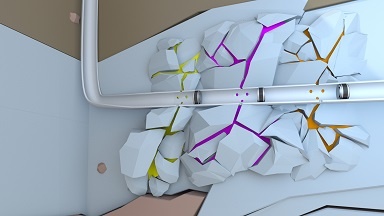
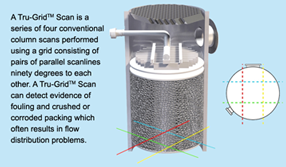

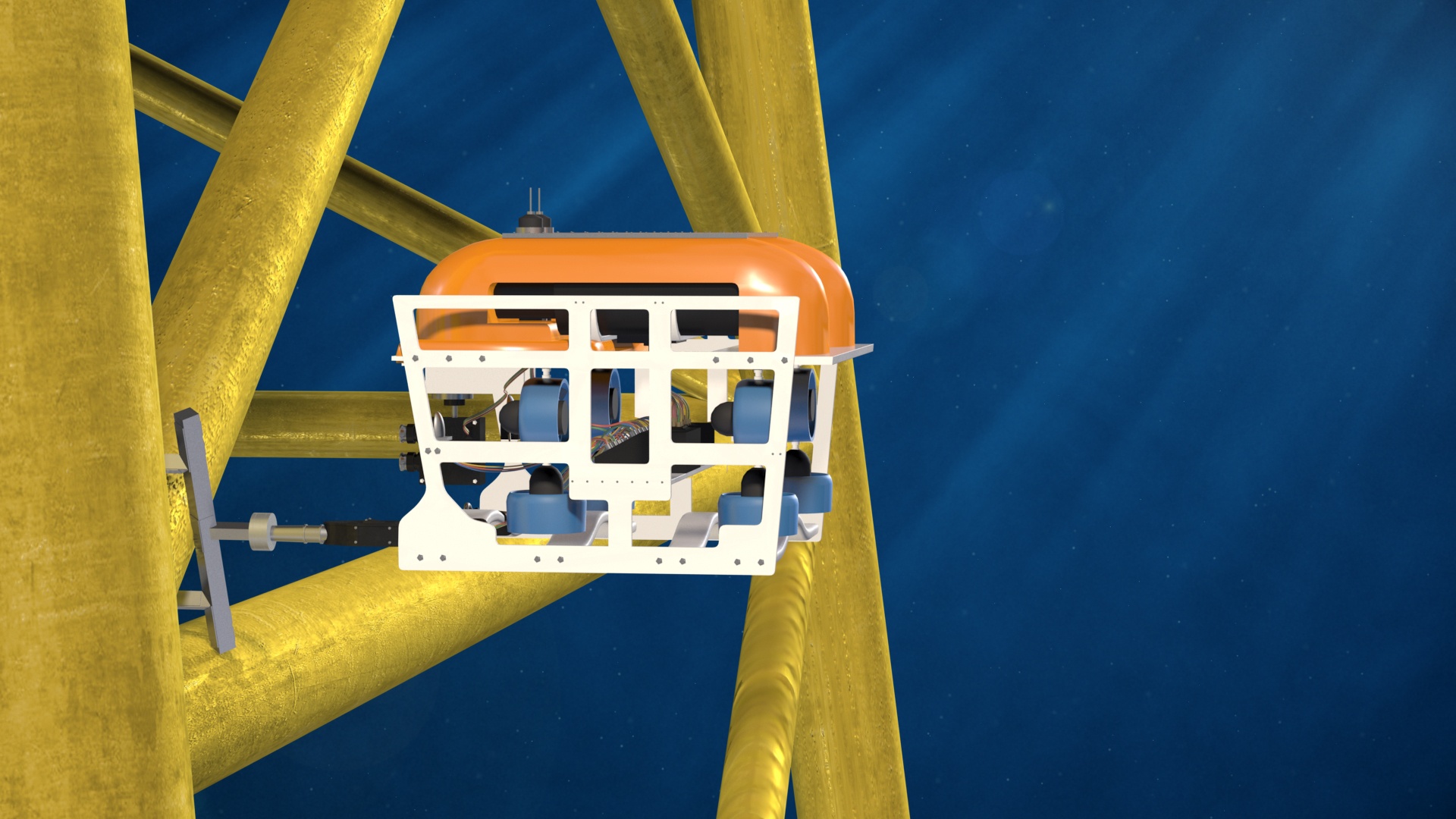
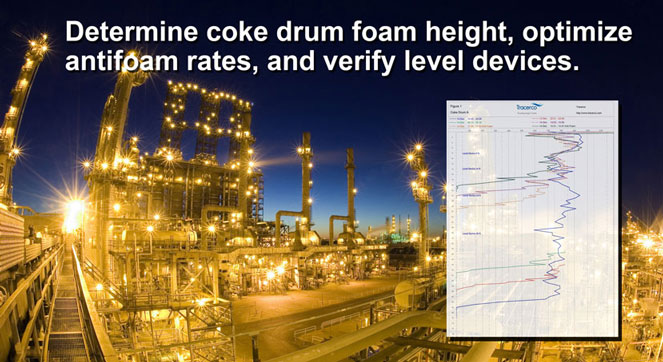
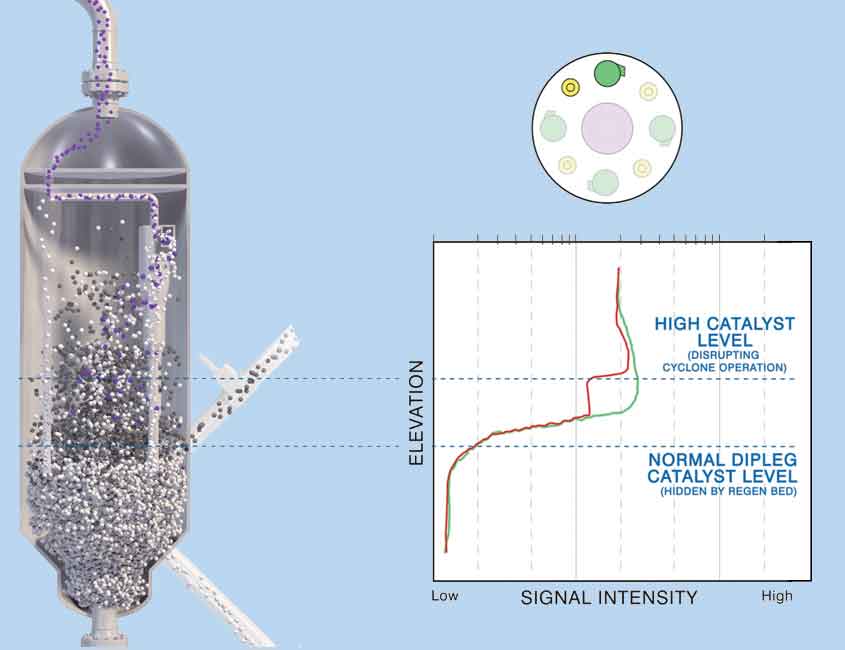
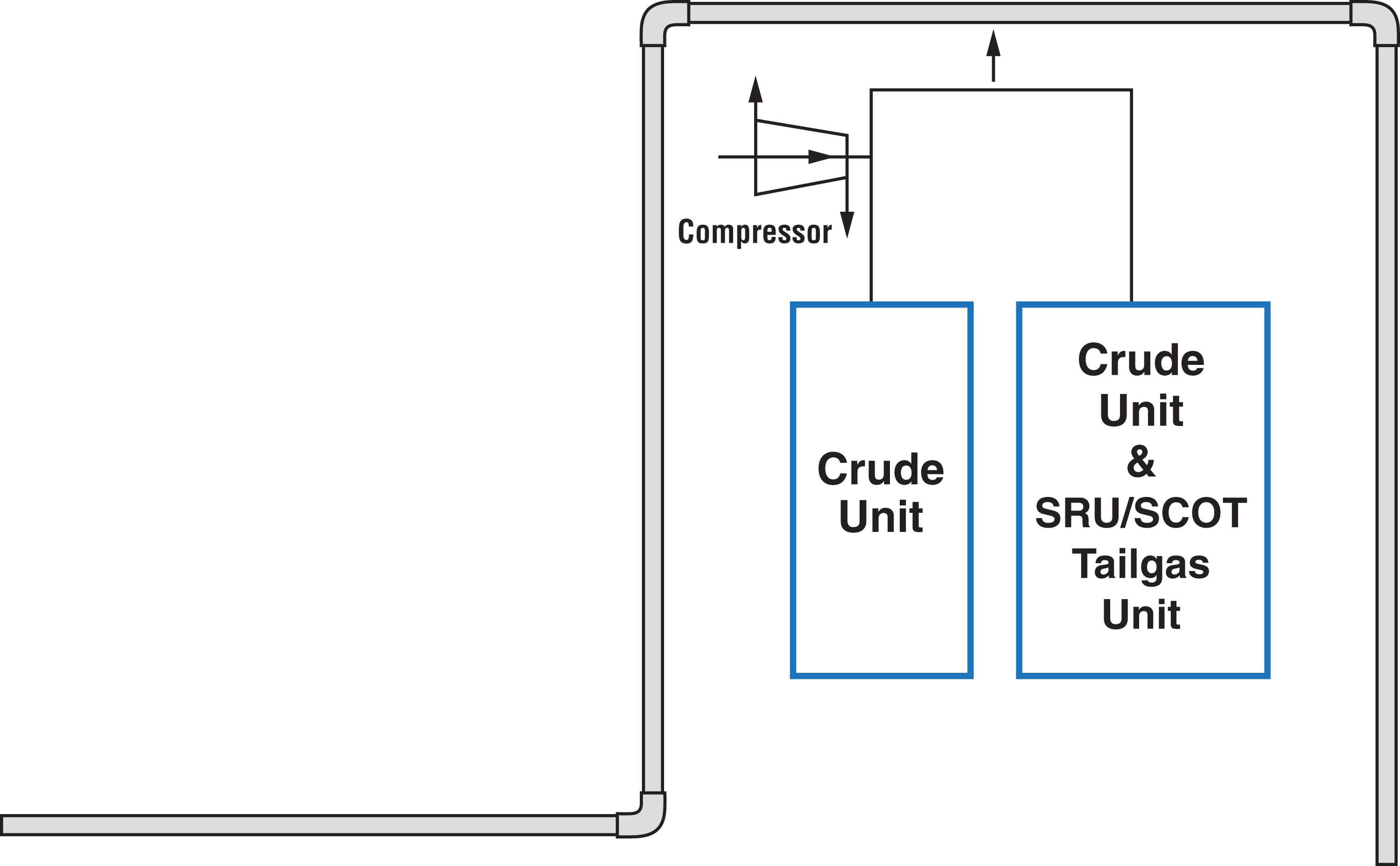
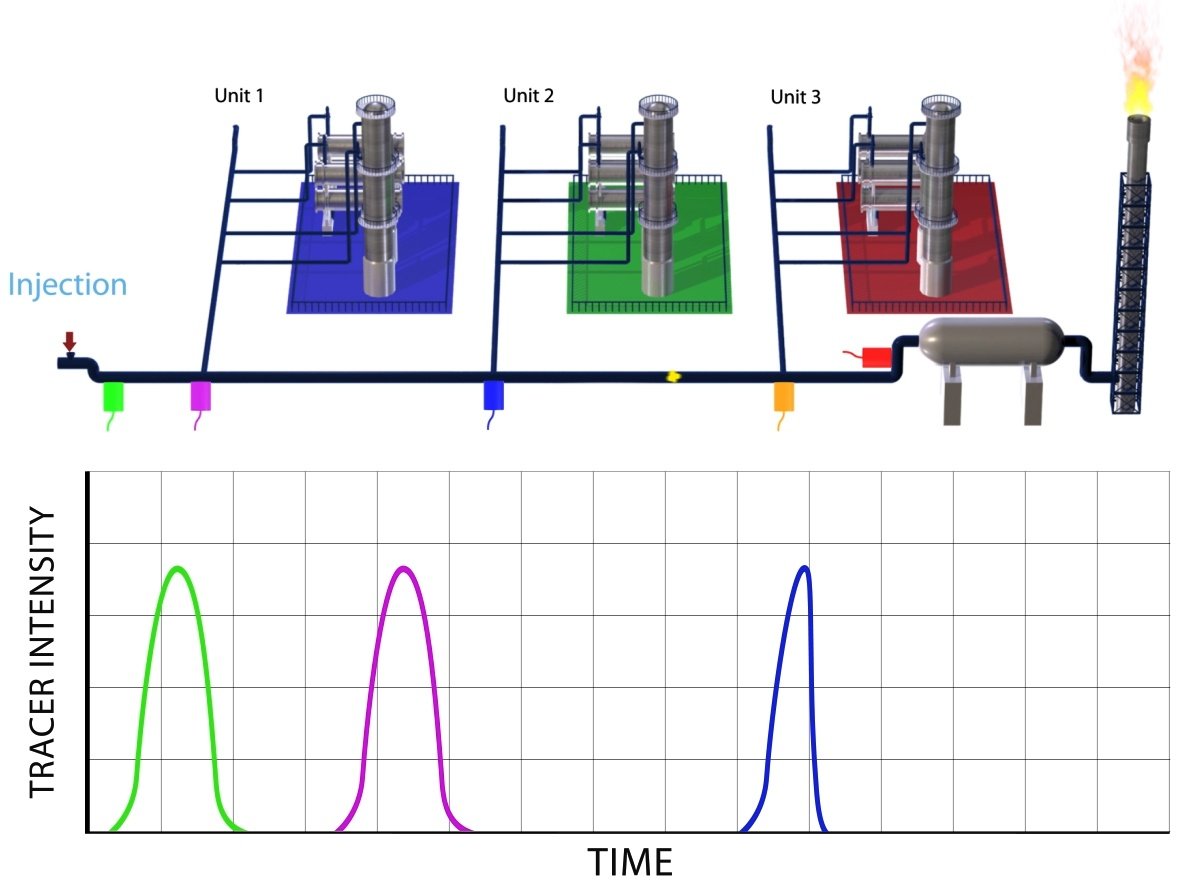
.png)
